Description: This is a medium-sized dog which is sturdy to look at. With the visual Spitz look, the Norwegian Elkhound is short and square to look at, which enhances their sturdy look. With his wedge shaped head, that is broad, and the thick muzzle. The teeth should meet in a scissor bite. It has oval shaped eyes and these are dark brown. The ears are definite but mobile. The chest is deep and is somewhat wide. From the front view, their legs appear straight, with small and tight, oval paws with thick pads. The tail is curled tightly and is set high over the back of the dog. This breed has a weather resistant double coat, that is bulky and solid. The colour of this dog is grey with black tips and a lighter tummy and undercoat, with their black muzzle, ears and tip of the tail. The height of this breed is 19 to 21 inches for the dog and 18 to 20 inches for the bitch. Their weight for dogs is 50 to 60 pounds and the bitch is 40 to 55 pounds. This breed has a life expectancy ofabout 12 to 15 years.
History: The Norwegian Elkhound came from Scandinavia and is a very ancient breed, being thousands of years old. This dog would have worked as a hunting and guard dog for the Vikings, where they would have been utilised for tracking big and small game, working as a team with hunters. This dog works better at night, and is also adept as a sledge dog. If Norway were to go into war, then the Minister of defence can mobilise and use all privately owned Elkhounds. This breed was first shown at the Norwegian hunters Association in 1877. The AKC first recognized this breed in 1913. Due to this breed's friendly and reliability, it is now a more enchanting family pet living in our homes.
Temperament: The Norwegian Elkhound is a bold loyal and friendly dog, he is alert dog, but can be somewhat reserved with strangers. This breed is the same as other Arctic dogs insomuch as having a strong mind of their own, and being independent. On saying this, they are affectionate to the family and shown great loyalty. This is a hard breed to train, in obedience, due to their independent thinking. However, with the firm, fair, pack leader, discipline can be obtained. This dog likes to roam, and it is part of the breed makeup to do so. This breed can bark, particularly on the night patrols and may well need teaching to stop barking. They can develop a tendency to fight with other dogs, but with early socialisation and a firm pack leader, the owner, this can be averted. It is wise to remember this is a hunting dog, and should not be trusted with small pets such as hamster's mice and rats. This dog can be highly strung, if not given the most opportunity to use up their mentaland physical energy's.
Health issues: The Norwegian Elkhound breed is prone to hip dysplasia, PRA, pyotraumatic dermatitis, and sometimes we can see Fanconi syndrome. This dog can gain weight easily, so must not be overfed.
Grooming: The Norwegian Elkhound breed needs brushing, regularly, with extra care given to the coat, during the shedding season. The hairs stick to each other when the dog is shedding so removing with a rubber brush is important. As this dogs' coat contains natural oils bathing should not be done, as it strips the natural oils.
Living conditions: The Norwegian Elkhound dog does well with a large garden and is still active indoors. The Norwegian elkhound can live in an apartment if exercise requirements are met.

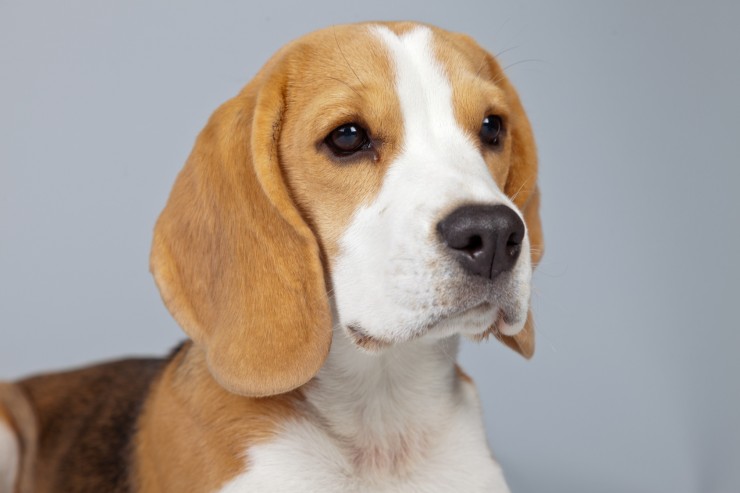 Some Tips On Training Your Beagle
Some Tips On Trai
Some Tips On Training Your Beagle
Some Tips On Trai
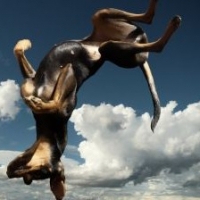 Does Your Dog Eat Carpet?
You gotta love dogs. Dogs are truly mans best friend. My
Does Your Dog Eat Carpet?
You gotta love dogs. Dogs are truly mans best friend. My
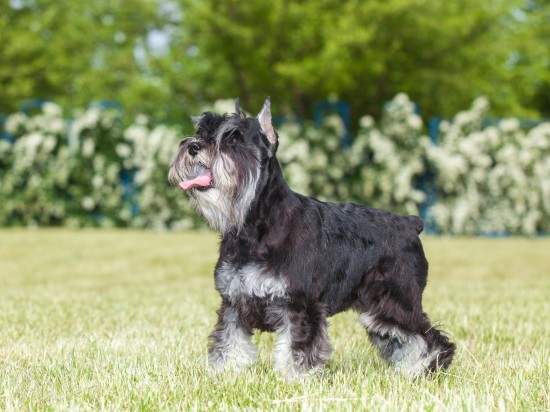 Some More Information On The Miniature Schnauzer
Some More Informa
Some More Information On The Miniature Schnauzer
Some More Informa
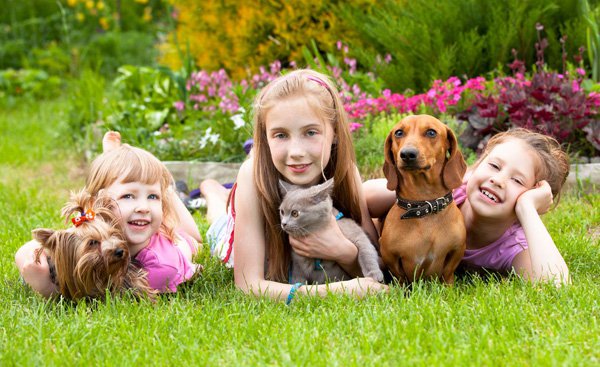 Different fun activities for dogs
Different fun activities for dogs
We almost lo
Different fun activities for dogs
Different fun activities for dogs
We almost lo
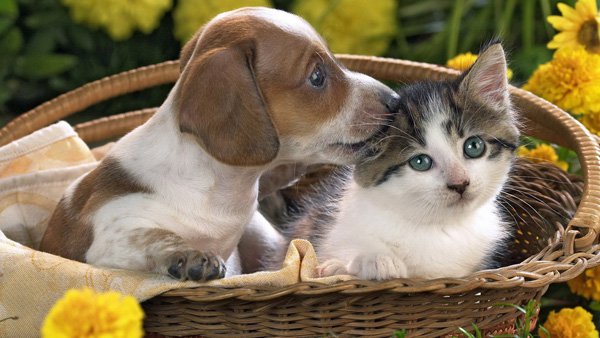 Chicken coops are a great way to become more independent
Chicken coops are a great way to become more independent
Chicken coops are a great way to become more independent
Chicken coops are a great way to become more independent